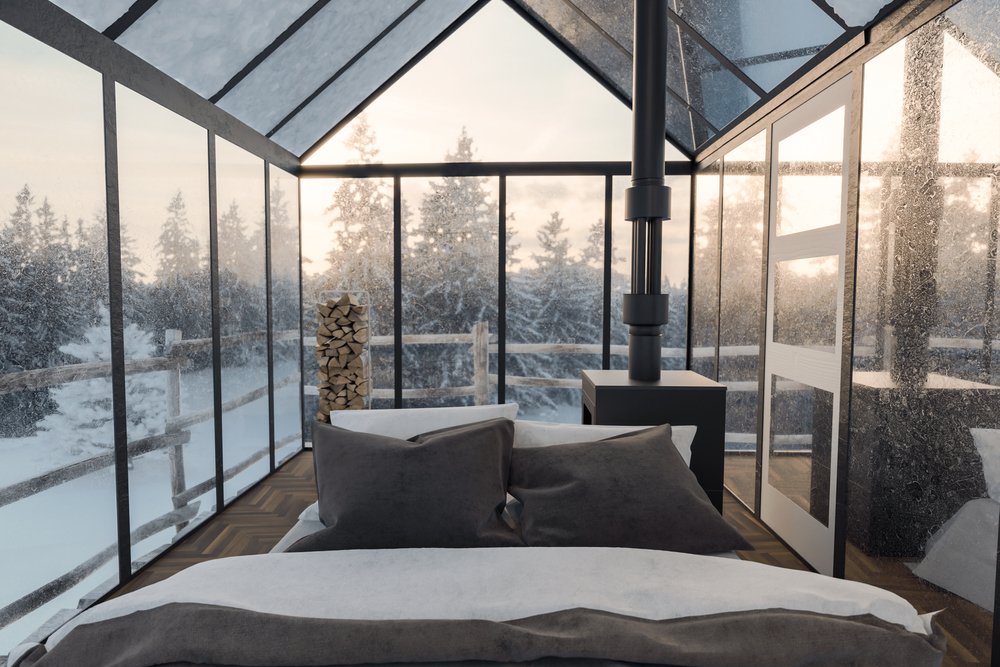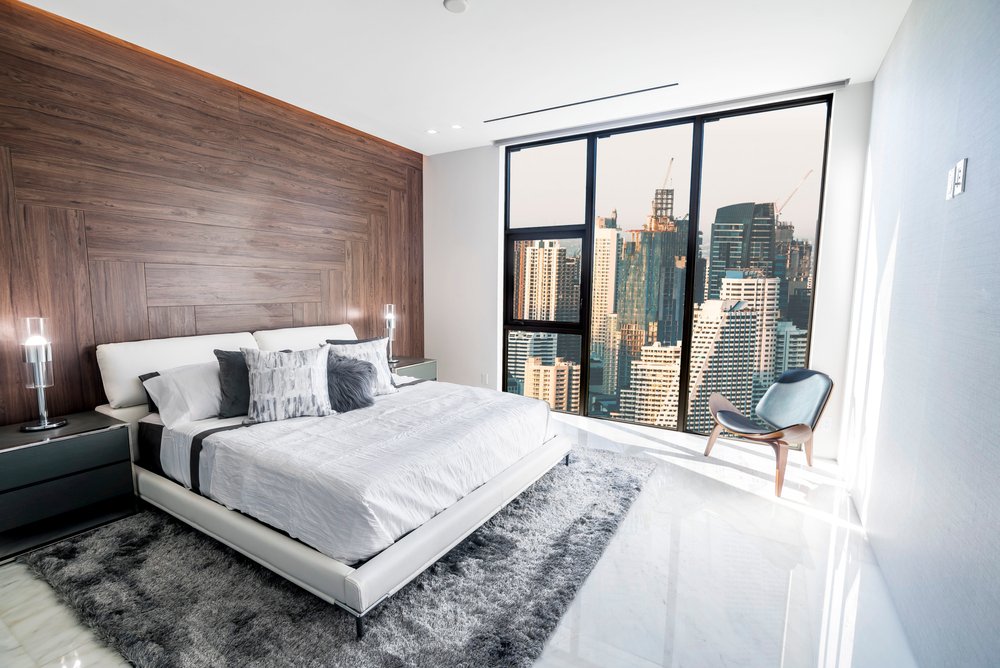We live in an age where technology has transformed and continues to redefine aspects of our lives. Now more than ever, the tech revolution has taken over our homes, and nowhere is this more evident than in modern Australian dwellings. Modern accommodation, as we define it in this context, is the fusion of a living space with digital technologies that simplify, enhance, and streamline life for occupants. From smart refrigerators to intelligent thermostats, these advancements are drastically changing the way we experience our homes.
Digital advancements are moving at such a pace that almost every day, we hear of intelligent products designed to make our lives more comfortable. These new innovations have significant impacts on homes by creating a seamless, efficient, and responsive living environment. Inherently, the home becomes an adaptive space, attending to the occupants’ needs intelligently and intuitively.
This article will explore the rise and benefits of tech-filled Australian homes, room-specific tech guides, emerging trends, potential challenges, and how you can join the tech home revolution. We will also share case studies of successful technology integration in Australian homes.
The Rise of Tech-Filled Australian Homes
Australia stands at the forefront of the smart home revolution. According to Telsyte Australian IoT@Home Market Study 2018, more than 50% of Australian homes are predicted to be smart homes by 2021. This surge can be attributed to increasing comfort with technology, affordability, and a bid to make homes more sustainable.
Socioeconomic factors also play a significant role in this growth. Increasing pressure on energy resources has made energy-efficient solutions popular, while the ageing population sees value in assistive technologies. As a result, Australians are increasingly turning towards smart homes as a solution for environmental sustainability and improving the quality of life.
Benefits of Incorporating Technology in Modern Accommodation
The convenience factor is an obvious benefit of a smart home. Imagine waking up to your blinds automatically opening to let the morning light in, your coffee machine brewing your favourite blend, and your thermostat adjusting to your preferred temperature all upon a single vocal command.
On top of convenience, technology plays an integral part in energy conservation. Smart lights, thermostats, and appliances adapt to the homeowner’s routines, optimizing energy consumption and significantly reducing utility bills. This not only eases financial burdens but also contributes to a greener future.
Home security has also received an upgrade. Smart locks, security cameras, and alarms ensure the sanctity of the home space. On the other hand, AI and robotics aid in mundane tasks, like vacuuming and mowing, which saves time and effort.
Room-by-Room Tech Guide
In the bedroom, sleep tracking technology and smart mattresses can improve the quality of sleep by monitoring sleep patterns and adjusting the bed’s firmness or temperature. Living rooms can be transformed with smart TVs, sound systems, and mood lighting. In the kitchen, smart refrigerators, ovens, and coffee machines add comfort and efficiency.
Outside, robotic lawnmowers and smart irrigation systems can maintain your yards with little to no human interference, while smart grills and outdoor sound systems can enhance your entertaining space. Seamless integration and interconnectedness are the essence of smart homes, creating a synchronized, automated environment that is responsive to the needs of its inhabitants.
Emerging Tech Trends and Their Impact
With AR/VR technology becoming mainstream, the future of modern accommodation seems fascinating. Imagine touring a house through VR before you purchase it or using AR apps to design and spatially plan your rooms. AI personal assistants are becoming increasingly intuitive, making our interactions with technology more instinctual and natural.

Overseas, innovative countries like Japan and the U.S provide inspiration for potential trends in Australia. For instance, the concept of “Society 5.0” in Japan, where technology is embedded in all aspects of life, could influence Australian homes’ evolution in the future.
Challenges and Issues
However, like all things, the tech home revolution is not without its flaws. Concerns regarding privacy and security are paramount, especially with devices listening, watching, or recording home activities—a necessary aspect of their operations.
There is also the potential for a digital divide in accommodation. The affordability and accessibility of these technologies can inadvertently create socio-economic disparities, where only those who can afford the technology enjoy the benefits of smart homes.
Case Study: Tech-Powered Australian Homes
An excellent local example of technology in modern homes is the Melbourne suburb of Warralily. Here, each home is equipped with solar panels, Google Home Mini, Sonos one, and an intelligent Ring Video Doorbell Pro. Residents enjoy automated lighting, climate control, and security, significantly enhancing the quality of life.
How To Begin Your Tech Home Journey
So, how do you jump into this wave of home tech transformation? Start by assessing your needs and budgets. Research the types of technologies that align with your lifestyle. You can begin with single devices like smart speakers or lights and gradually integrate more.
The full transformation won’t happen overnight, so be patient and make thoughtful, informed investments in your tech home journey for the best experience.
Conclusion
In conclusion, the future of Australian homes is undeniably tech-oriented. While there are valid concerns regarding privacy and security, the benefits of simplified living, enhanced comfort, and energy efficiency are compelling. As homeowners, there’s an incredible opportunity to tap into this tech revolution and create homes that are more intuitive, convenient, and environmentally friendly than ever before.




